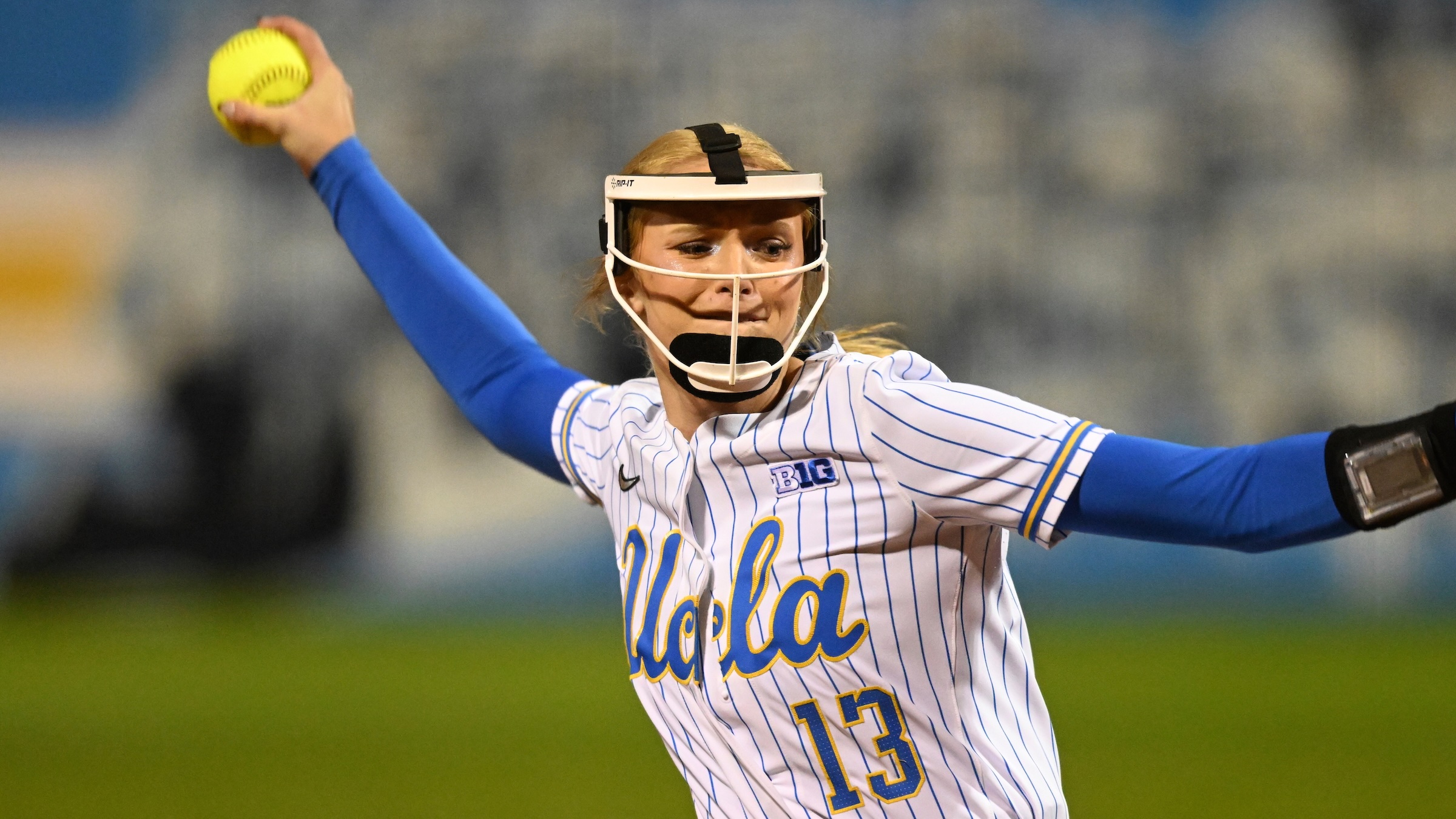Make perfect popcorn
Published 12:00 am Tuesday, April 29, 2014

- Make perfect popcorn
Perhaps you enjoy snuggling on the couch with family to watch a movie, or cheering on your favorite team at the ballpark, or even having a little snack at the county fair. What could all these have in common? They often include one of America’s favorite snack foods — popcorn.
The Popcorn Board, a trade group for the popcorn industry, notes that the average American consumes 51 quarts (yes, quarts) of popped corn a year. And interestingly, 70 percent of that is consumed at home, with the remaining 30 percent eaten at movie theaters, sporting events and other outdoor attractions like amusement parks, fairs and campgrounds.
Popcorn is one of six types of corns grown mostly in the United States. The primary producers are found in Illinois, Indiana, Iowa, Kansas, Kentucky, Michigan, Missouri, Nebraska and Ohio. Popcorn not only comes in the familiar white and yellow kernels, but it’s also available in red, blue, black and variegated kernel colorations direct from the cob.
Popcorn is such an American icon, it even has its own celebratory month — October is National Popcorn Poppin’ Month, and a special day — Jan. 19 is National Popcorn Day.
Magical moments
The transformation from hard kernel to explosive shapes of crunchy goodness is one of popcorn’s most fascinating properties. Just how does it happen?
The popcorn kernel has a hard hull to protect the soft, starchy inside. Also tucked inside is just a bit of moisture, and that’s where the magic begins. When the dried kernels reach a moisture content around 14 percent (they’re stored until that goal is reached), they’re ready for popping. When heated to 360 to 400 degrees, pressure builds up inside the sealed kernel, causing the trapped moisture to turn to steam and thus popping the hard outer hull. That creates the noise we associate with this snack and the difficult-to-resist wafting smell. Once popped, the starchy center quickly cools, holding its new shape and crunch.
It’s important to store popcorn in an airtight container in a cool place (not the refrigerator) to maintain optimal moisture content for popping.
There are two shapes of popped corn, depending on the genetics — mushroom and snowflake. The mushroom-shaped popcorn is rounded and dome shaped; the snowflake kernel pops into a more amorphous shape with hills and valleys, sometimes called “butterfly kernels.” Both kernels swell 30 to 50 times their original size.
A look back
Popcorn has a long history, with recorded lore going back some 4,000 years. More recently, popcorn has been used by our ancestors for food, decoration and even adornment, being strung for necklaces and headdresses.
In early American history, popcorn vendors could be found on street corners and at fairs and expos selling their wares for 5 or 10 cents a bag. Today’s vendors charge more, as do movie theaters, but popcorn remains an economical snack.
The Popcorn Board notes that 2 tablespoons of popcorn, which makes about a quart, costs only about 25 cents.
Nutritional nuggets
Depending on how it’s cooked and dressed, popcorn can be a very nutritional snack.
Popcorn is high in fiber and low in calories and sodium in its undressed form. One cup of plain or herb-seasoned popcorn is only 31 calories. If it’s oil popped, the calories go up to 55 per cup. But often popcorn is dressed with calorie-laden toppings. Cheese flavoring comes in at 58 calories per cup; drizzling popcorn with one tablespoon of butter brings the calorie count to 133; drenching it in caramel ups the ante to 151 calories per cup. Adding butter, oil and caramel also increases the fat content considerably, edging popcorn off the nutritional snack list.
The Center for Science in the Public Interest (CSPI) studied popcorn at movie theaters and discovered large and medium popcorn servings have upward of 1,200 calories, depending on the type of oil used for popping and how heavily the popcorn is drenched in butter.
Cooking corn
Popcorn can be prepared several ways, from campfire to microwave and other methods in between.
To prepare popcorn on the stovetop, the Popcorn Board suggests the following: Warm the popper or heavy pan/skillet. Cover the bottom of the pan with vegetable oil. (Never use butter, as it will burn.) When you drop in two kernels and they pop readily, the oil is heated enough for popping. If you overheat the oil, it will smoke. Pour in just enough kernels to cover the bottom of the pan, and shake the pan to be certain the oil covers all the kernels. Cover the pan with a loose lid and shake the pan as the kernels pop. When most are popped, take the pan off the stove — the hot oil will continue to pop the kernels.
A loose or vented lid is important when popping corn, so that the steam can escape. If the lid is tight, the steam is trapped and causes soft, or even mushy, popped corn.
Some prefer to use a metal stovetop popcorn popper that comes with a stirring arm to keep the oil and kernels moving during cooking and a vented lid for steam escape to pop crunchy corn.
Electric popcorn poppers are also available; some feature a thermostat that automatically shuts off the appliance at the end of the popping cycle. Others require you to watch closely to prevent burning and immediately turn off the popper when the cycle is complete. Look for tabletop models up to full-size theater-style popcorn carts. Depending on the brand, the appliance may have a stirring arm or a built-in butter cup for melting the butter while your corn pops. On some models, the lid of the popper can also be inverted to use as a serving bowl. Some electric poppers use oil; others simply use hot air to pop the corn, and the addition of other accouterments is optional. Air popping creates the most nutritious and lowest-calorie popcorn.
For a quick treat, check out microwave popcorn. Packaged in special bags, these snacks come in a variety of flavors from butter to caramel. The bag inflates as the corn pops. Remember that not only the cost, but also the oils, flavorings and other chemical additives are a trade-off for convenience and speed, so be sure to read the nutrition label, as well as the directions.
You can pop regular popcorn in a microwave by simply putting the kernels in a glass bowl with a plate over the top to contain the popping corn. Depending on the quantity, the process takes about two to three minutes. Additionally, a glass microwave popper is also available for use with ordinary popcorn.
If you happen to be camping, popcorn can also be made over an open fire using a heavy skillet with a vented lid. Simply follow the same process as for stovetop preparation.
Old maids
Quality popcorn should have about a 98 percent kernel popping rate. But, no matter how you pop your corn, there are always a few unpopped kernels left in the bottom of the pan or popper. These are called “old maids” or “spinsters.” They don’t pop because they’re too dried out, with insufficient moisture content needed to pop. If you have a batch of popcorn that isn’t performing as you’d like, you can rejuvenate it by filling a one-quart glass jar about three-quarters full of the kernels and adding one tablespoon of water. Shake the jar until all the water is absorbed, and in two to four days it should be perfect for popping.
Add-ons
Some people think plain popcorn is just no fun, and there are many creative ways to dress it up, all of which will add flavor, but in some cases calories and/or sodium.
Salt is the most common garnish for popcorn, and you can purchase special popcorn salt — a powdery version of table salt for better kernel adhesion. Never use salt in the popping process as it toughens the kernels.
Matt Perry, owner of Bend’s Savory Spice Shop, offers several ideas for popcorn aficionados, and the store offers a Picks for Popcorn Gift Pack that contains Cheddar Cheese Powder, Honey Powder (for a kettle corn taste), Paris Cheese Sprinkle and Smoky Hills Cheese Powder. In addition, Perry recommends Truffle Salt and Ghost Pepper Salt, the latter made from spicy hot chilies to add a kick of flavor.
He also notes that if you choose a powdered option, no butter or spray is needed to get the flavoring to adhere to the kernels. But if you use a heavier blend or salt, a spritz of butter or olive oil will do the trick and keep the flavoring from falling to the bottom of the bowl.
Don’t pass by other seasoning blends like Cajun, dill, barbecue spices, garlic, sage, cinnamon and nutmeg, and lemon pepper blends. Even citrus blends add pizazz to a bowl of popcorn.
Other options include adding shredded cheese, pesto, melted chocolate, nuts or dried fruit for decadence.
Popcorn isn’t just for snacking. It can also be used in combination with many other foods. Check out the recipes from The Popcorn Board on this page for ideas.
— Reporter: gwizdesigns@aol.com






